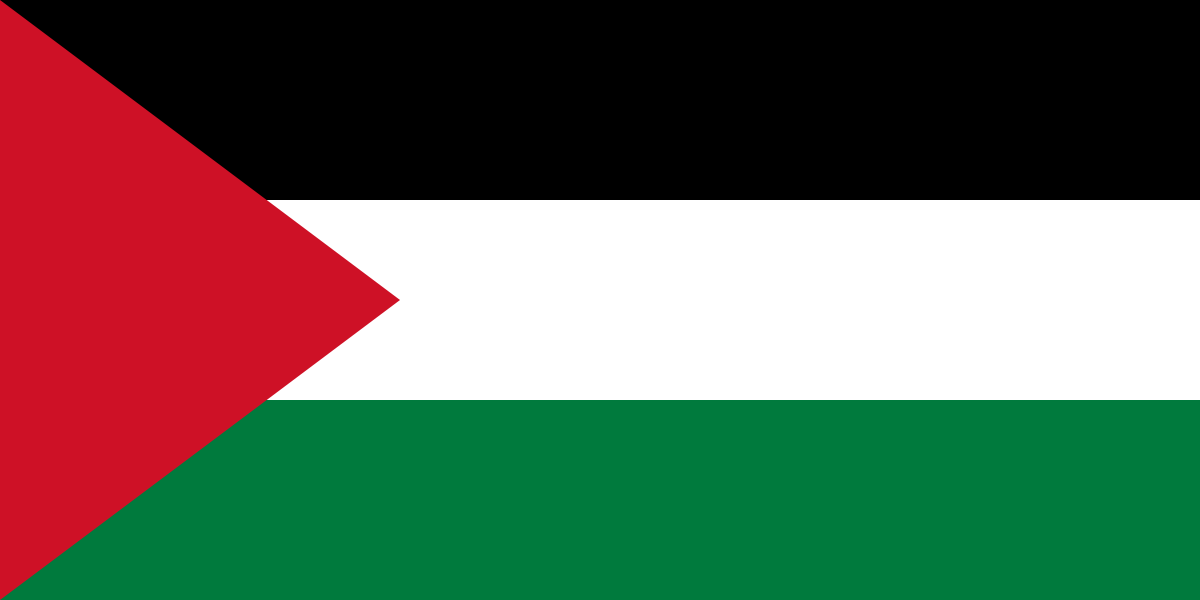They called themselves “water protectors” and began protesting on the side of a highway near where construction was approaching the river. Most were Oceti Sakowin — Lakota, Dakota, and Nakota peoples. It was the early days of the #NoDAPL movement, in August 2016, and the U.S. Army Corps of Engineers had just granted a key permit for the Dakota Access pipeline to go under the Missouri River.
The company behind the pipeline, Energy Transfer, had originally considered building it upstream of the twin cities of Bismarck and Mandan in North Dakota, which are mostly populated by white people. But the Army Corps of Engineers rejected that route, in part because it had the potential to harm the cities’ drinking water supply. Instead, the pipeline was rerouted to cross the river just north of the Standing Rock reservation’s own drinking water intake.
To Dave Archambault, then-chairman of the Standing Rock Sioux Tribe, this was a case of environmental racism. He and other tribal leaders were worried, too, that culturally important sites located along the pipeline route could be destroyed.
Chairman Archambault was one of more than a dozen people arrested that August for attempting to block Dakota Access pipeline construction, but there was little attention paid by journalists. Online, however, in Indigenous digital spaces, protests were becoming very visible, very quickly. Facebook Live had launched that spring, and water protectors were broadcasting their actions on social media in real time for the world to see and attracting Indigenous peoples from around the country to stand with Standing Rock.
Full Article

